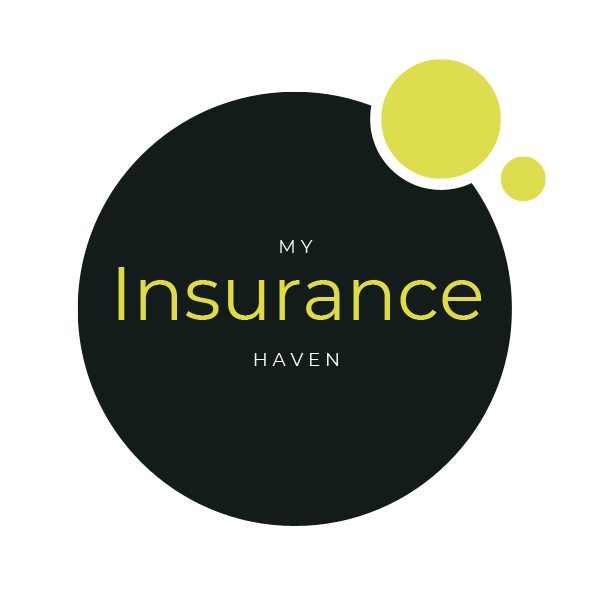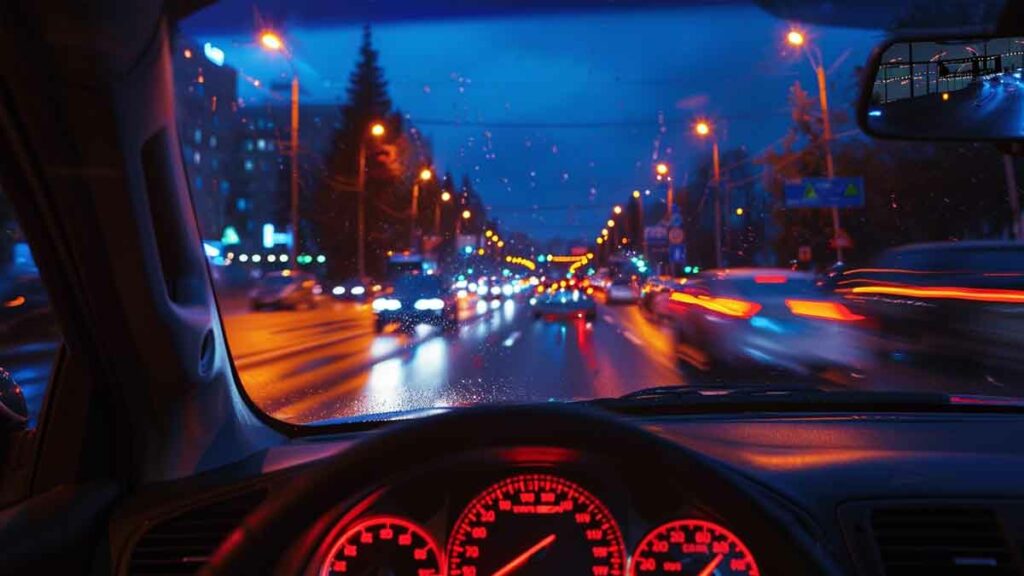As the late hour hand inches past midnight, weariness settles heavily upon many commuters still striving down dimly-lit roads. Meanwhile, daylight’s retreat in the evening sees others battling to hold back the tides of sleep. Far from the headlines, a peril persists in the shadows for all steering wheels – the ever-growing threat of drowsy driving.
Countless Lives Affected
In 2020 alone, 633 lost their lives to crashes where sleep overcame the driver (statistics come from NHTSA). Most incidents happened in darkness’ depths or daylight’s gentle end. With 1 in 25 admitting to recent nod-offs, how many more near misses go unspoken? As with drunken driving, science shows fatigue mirrors intoxication in hindering judgment and reflexes, raising the chances of accident three-fold. Injuries and grief from slumber’s mistakes also drain communities of untold billions each year.
Drowsy driving accounts for about 100,000 crashes annually on the roadway, 71,000 injuries and 1,550 fatalities each year. This provides more detailed statistics on the scale of the problem.
Behind every chilling statistic lies countless individual trials, as untold souls soldier onward each day constrained not to stop for rest. An estimated 96% of drivers say that drowsy driving is very or extremely dangerous. However, less than 30% of drivers think drowsy drivers are at risk of getting pulled over by law enforcement. This indicates a lack of perceived consequences that could discourage drowsy driving.
About 24% of drivers have admitted to driving while being so fatigued that they struggled to keep their eyes open, at least once in the past 30 days. This high percentage shows how common drowsy driving may be.
With so many relying on roads, drowsiness endangers families, co-workers and neighbors alike whenever any one of us yields to exhaustion. By acknowledging fatigue’s dominion over even the strongest-willed, perhaps its grip over all our fates may loosen.
Multiple Sources of Sleep Deprivation
Drowsy driving arises not from a singular cause but many – jobs with disrupted sleep, demanding schedules, insomnia’s grip, or wakefulness lost to medications. Late hours and medical conditions also contribute, as do social obligations drawing some down hours-long paths in darkness’ company. With such myriad avenues leading to slumber’s door, finding safety means approaching solutions with equal care, nuance and understanding for all travelers’ circumstances.
Impaired by Fatigue’s Effects
Regardless of cause, drowsiness impairs drivers similarly – blurring sight, slowing reflexes and hampering judgment of speed and distance. Even sporadic moments of lapsed focus endanger all around. Just as with alcohol, the unaware under fatigue’s thrall may convince themselves fit to continue while imperiling innocent lives. Yet unlike intoxication, the average commuter sees sleep deprivation as an unavoidable side-effect of busy lives and insufficient rest, unaware of its potency matched only by impairment. It is a danger that sneaks below the surface, avoiding notice until it is too late.
Together, by facing fatigue’s realities with compassion instead of accusation, perhaps its cost to roadway safety and well-being may diminish over time. None of us are immune to drowsiness – its solution lies not in fault but collective care, understanding and vigilance against a looming threat hidden within our own humanity.
Impact to Insurers and Personal Finances
Besides human tragedy, weariness bears heavy financial consequences. Average insurance rates jump 42% after an at-fault exhausted driving accident (stat compares average annual insurance costs), threatening family stability for years with exponentially growing premiums. Some driver’s licenses face temporary revocation as well. With well over half of Americans now living paycheck to paycheck, any disruption carries the power to change lives irrevocably.
Drowsy driving is increasingly being treated similarly to drunk driving by insurance companies. Some include drowsy driving offenses on driving records and apply premium surcharges comparable to a drunk driving violation. This parallels the statistical equivalence of impairment shown between the two behaviors.
Insurance companies are also implementing drowsy driving detection technology pilot programs. Devices can monitor eye blink rate, head movements and lane drifting to identify signs of fatigue. The collected data may influence underwriting and risk assessment going forward.
Perhaps it is unsurprising then that so many succumb to residual pressure to push through, however ill-advised, when society provides little reprieve. As economic demands swell constantly while resting time dwindles, the seeds of imperilment grow steadily within ourselves and all we hold dear.
Restful Solutions Demand Societal Support
The statistics illustrate sleep troubles touch up to 70 million (stats from ASA), whether from untreated sleep apnea, shift work troubles or insomnia’s grip. Chronic unrest plagues 10% of all citizens, while costs to society tally over 100 billion yearly. Clearly private struggle alone cannot surmount societal circumstances that enable and exacerbate fatigue’s dangers every working day and night.
Individual responsibility matters little if mass conditions leave precious few chances to recharge. Employers could examine schedules that better balance workloads and rest. Public transportation in late hours may grant alternatives to exhausted commuters. And leaders could prioritize family leave, so neither work nor parenthood come at the cost of lives lost to sleep deprivation’s stealthy hand on the road.
While fixing complexity demands patience and teamwork, even small gestures of understanding go far for the weary bearing up under burdens much larger than what’s seen. For safety’s sake, we must find the courage to support each other not just as individuals, but whole communities determined to beat back this needless menace together.
Fatigue’s Tell-Tale Signs
Unfocused blurriness, frequent yawns stretching the jaw’s limits – theseare common signs the mind has started its disengage from the body still rolling on (warning signs come from CDC). Even more troubling, drivers may later struggle to recall just how far they’ve gone, lost in a haze of persistent motions lacking true vigilance. Irritability too creeps in, as frayed nerves snap faster at everyday frustrations.
Other signals include swerving between lanes or tailgating as attention drifts in microsleeps. Missing exits where the mind wandered off alarms as well. These occurrences hint control has ebbed away unnoticed, risking disaster for unwary—and weary—travelers alongside. Such whispered pleas from fatigue beg an earnest response before mishap silences their call forever in shrieking tires and crumpled metal.
Those Slumber Targets Most
Certain demographics face greater peril from drowsiness due to age, schedules or afflictions (risk groups come from article sections). Teen brains still developing withstand less; shift workers disrupt natural rest patterns. Commercial drivers endure hours on empty highways alone with temptation. Business folk jostle between timezones in a jet-setting lifestyle not kind to quality rest.
But in each sector, what underlies shared susceptibility is often lack of understanding sleep’s power or support when weariness threatens to undo its vital purpose—ensuring alertness and care upon the road. Early risers feel pressure to ignore creeping fatigue in peers whose late hours save lives. Entrepreneurs going concern themselves with maintaining momentum over well-being.
While individual responsibility remains key, society too must recognize its role in conditions enabling or discouraging safe choices around rest. When did problem-solving become so marred by lack of conscience for human limits? There exists a better way, one respecting all people’s intrinsic needs instead of sacrificing some for the whole.
Collaboration is Key to Conquering Fatigue
Progress requires acknowledging no single solution, sector or level of governance holds answer alone. Employers could ease work-life balance through schedule flexibility, on-site rest areas and fatigue education. Public spaces might host affordable overnight accommodations for traveler safety. Leaders could foster family-flexible policies empowering citizens to prioritize well-rested parenting, caring or commuting without fearing job security’s trigger.
Communities too can play role through supportive organizations, transportation alternatives on late hours, and destigmatizing discussions around sleep health challenges. With open hand of understanding extended to all, isolation and exhaustion’s threats will feel less overwhelming for any keeping eyes open down the road ahead. Working as partners, solutions emerge that uphold dignity for worker, family and every life that flows together on the highway at day’s end.
This stealthy yet solvable menace reminds that no one floats untethered through society—we all affect one another. By making rest a shared priority through compassion instead of neglect,roads may become safer harbors for all travelers under slumber’s inevitable sway.
Preventing Fatigue Behind the Wheel
Making sleep a priority through consistent habits goes far in prevention (tips come from NHTSA). Most adults need seven to eight hours nightly for full restoration, yet one in five gets less than six. Prioritizing quality rest pays off with reduced microsleep occurrences while commuting.
For those facing unexpected drowsiness, safe options do exist. Short 10-minute power naps can recalibrate alertness when dozing first hits. However, tricks like rolling down windows or turning up music provide only fleeting relief before eyes inevitably close again. These moments call for pulling over entirely to rest, rather than enduring further miles at half-mast vigilance.
Also valuable – seeking diagnosis and treatment for sleep disorders fueling excessive daytime sleepiness. Whether changing shift work to natural light cycles or keeping alcohol intake in check before navigating roads, small adjustments open doors to healthier routines supporting continuous focus.
The Bottom Line
From teens to truckers and beyond, fatigue affects us all – its solution demands that we support one another with care, flexibility and understanding. By facing sleep health realities with open hands instead of closed fists, communities can prevent needless accidents and lift burdens weighing upon minds and machines alike in darkness’ depths. Safe travels need not end where weariness begins. Working as partners, solutions emerge upholding dignity for every life flowing together down the open road.
FAQ’s
What are some common causes of drowsy driving?
Lack of sleep, working late shifts, untreated sleep disorders, driving long distances without rest breaks, and driving during late night or overnight hours when the body’s circadian rhythm triggers sleepiness are some of the most common causes of drowsy driving.
What should you do if you start feeling tired while driving?
If you start feeling drowsy while driving, you should pull over at a safe place immediately for a 10-15 minute nap. Caffeine can help temporarily but the safest option is to switch drivers if possible or find a safe place to rest until fully alert again before getting back on the road.
How much sleep is recommended each night?
Most adults need between 7 to 9 hours of sleep per night to function safely and be alert during the day. Teenagers need even more, averaging 8-10 hours per night for healthy development. Not getting enough quality sleep on a regular basis increases the risk of drowsy driving.
Can a short nap improve alertness while driving?
Yes, research shows that pulling over for a 10-15 minute power nap can help reset your body clock and reduce daytime sleepiness. However, naps should not be used as an excuse to defer proper rest at night. The safest approach is to avoid driving when drowsy and catch up on full nights of sleep instead of relying on naps.
What health conditions increase risk of drowsy driving?
Conditions like untreated sleep apnea, insomnia, narcolepsy and shift work disorder disrupt normal sleep patterns and greatly increase the risk of drowsy driving accidents due to excessive daytime sleepiness. Seeking medical advice and treatment for sleep disorders can help reduce crash risk.

